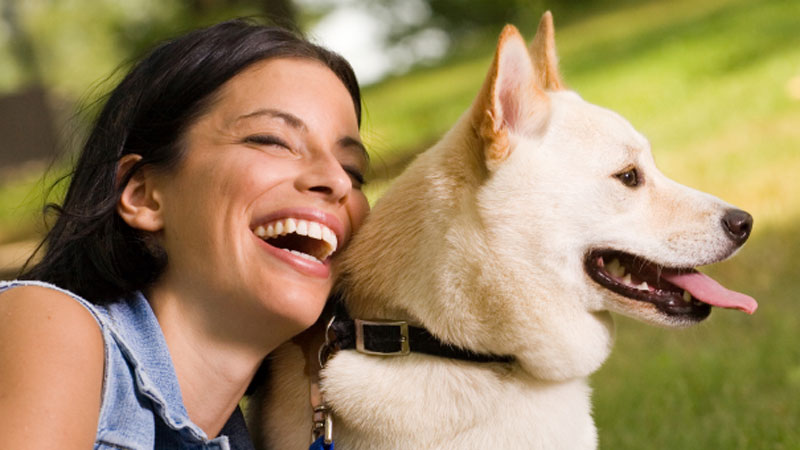Narcolepsy
Narcolepsy is a rare non-fatal neurological disease that causes dogs to suddenly fall asleep or collapse.
It is often inherited but can also be associated with obesity and is usually seen in young dogs. It can also be caused by inflammatory conditions of the nervous system such as Meningitis or Canine Distemper Virus. It can be seen in any breed but Dobermans, Labradors, Poodles and Dachshunds have been found to have a genetic form.
Narcolepsy is characterised by a sudden episode of wobbliness which can results in lateral recumbency (the dog lying on its side) as if fast asleep. It can occur whilst dogs are actively running about, so it is often confused with cardiovascular problems or even seizures which makes it very scary for the owner to witness. Episodes can occur whilst eating so the dog literally falls asleep in their dinner.
Episodes last from a few seconds to minutes, and they wake up as quickly as they fall asleep and continue as if nothing had happened. It is incurable but can be managed with medications and lifestyle changes. Dogs with the disease should not be bread from. Narcolepsy is non-painful, and dogs are unaware of the episodes; they will not stop breathing and are very unlikely to choke.
Diagnosis is made by observing clinical symptoms and eliminating other causes of collapse such as heart problems, diabetes and epilepsy; with narcolepsy all neurological and blood tests are completely normal. Filming episodes can really help your vet with the diagnosis. Trying to remember what your dog was doing when it had the attack can help identify certain triggers. It may then be possible to avoid these precipitating events. For example, if guests arriving at your house is a trigger, then keep your dog in a separate room and introduce people slowly. If its ball throwing then only play fetch in a safe , secure area and don't throw the ball near deep water where a narcoleptic event could result in drowning.
Be vigilant and aware of surroundings especially when exercising your narcoleptic dog. Pay attention whilst on a walk to identify the tell-tale signs of wobbliness so that you may intervene with words and physical stimulation which help to minimise severity of attacks. Avoid exercising your dog with too many others as this often results in over stimulation.
Narcolepsy often naturally improves with age. If narcoleptic episodes happen frequently there are oral medications available that can reduce the number and severity of attacks so making the condition easier to live with for both the dog and owner.


